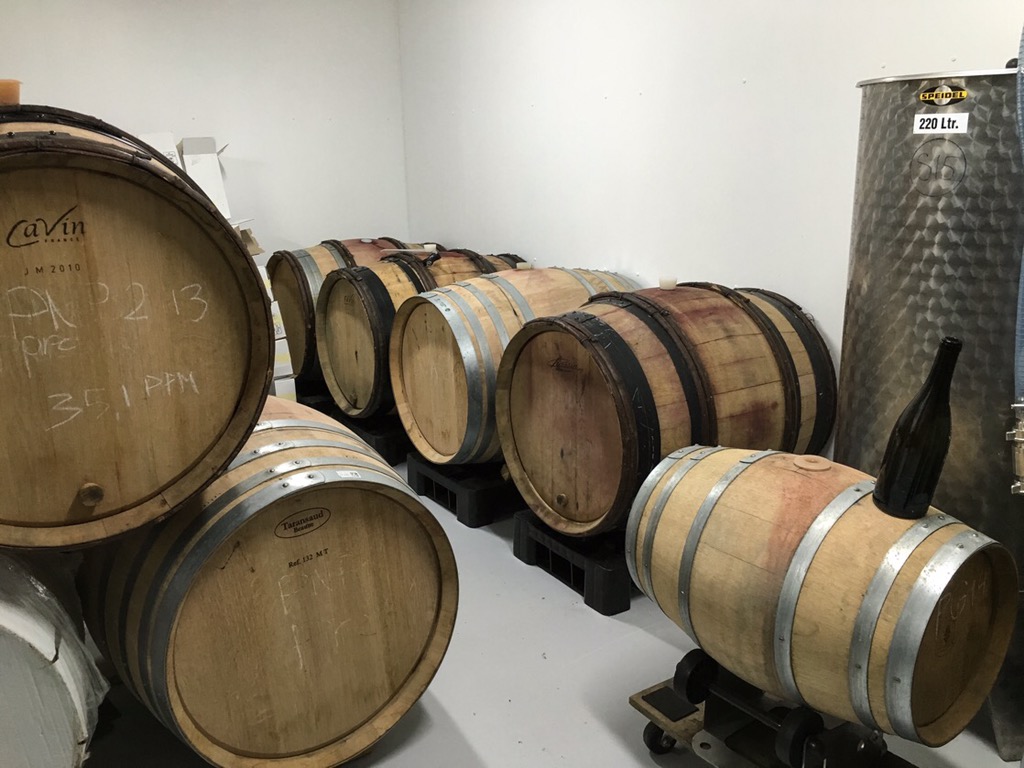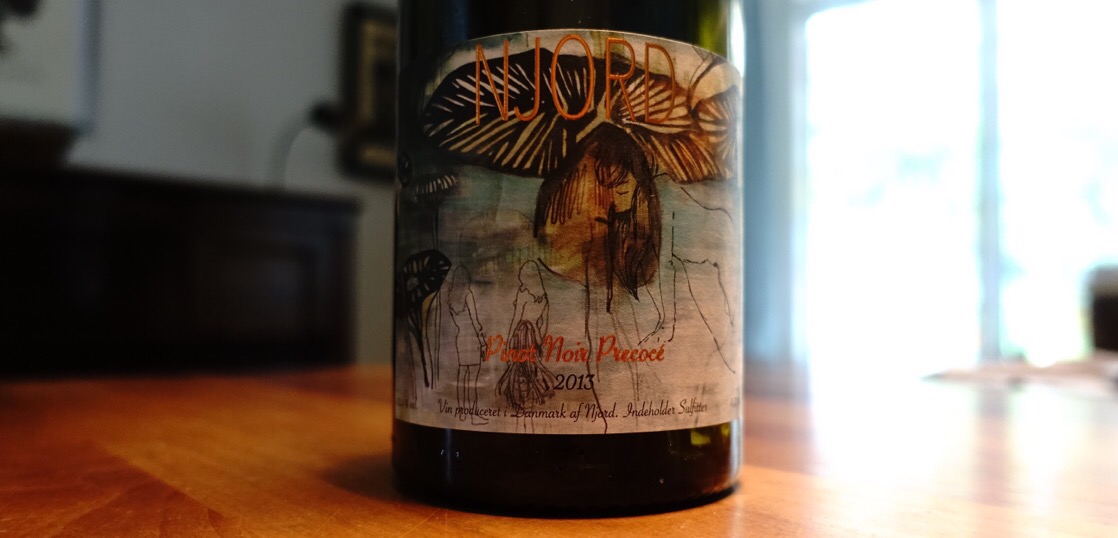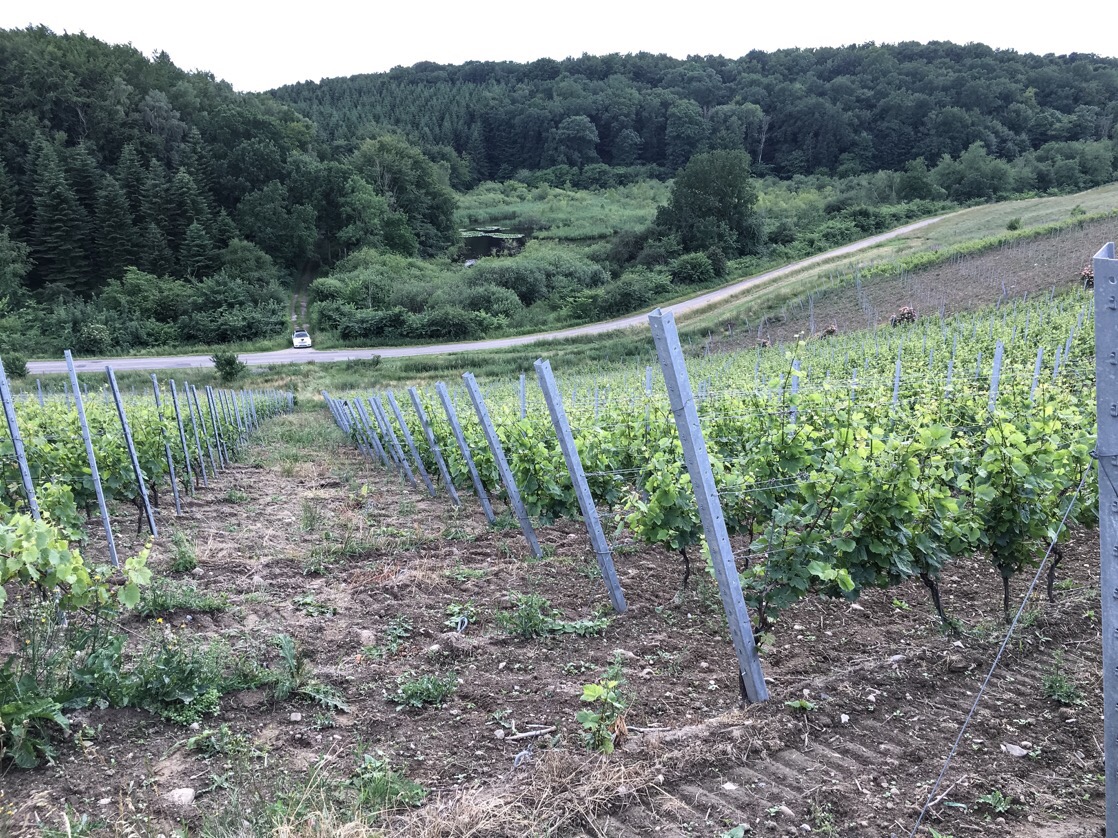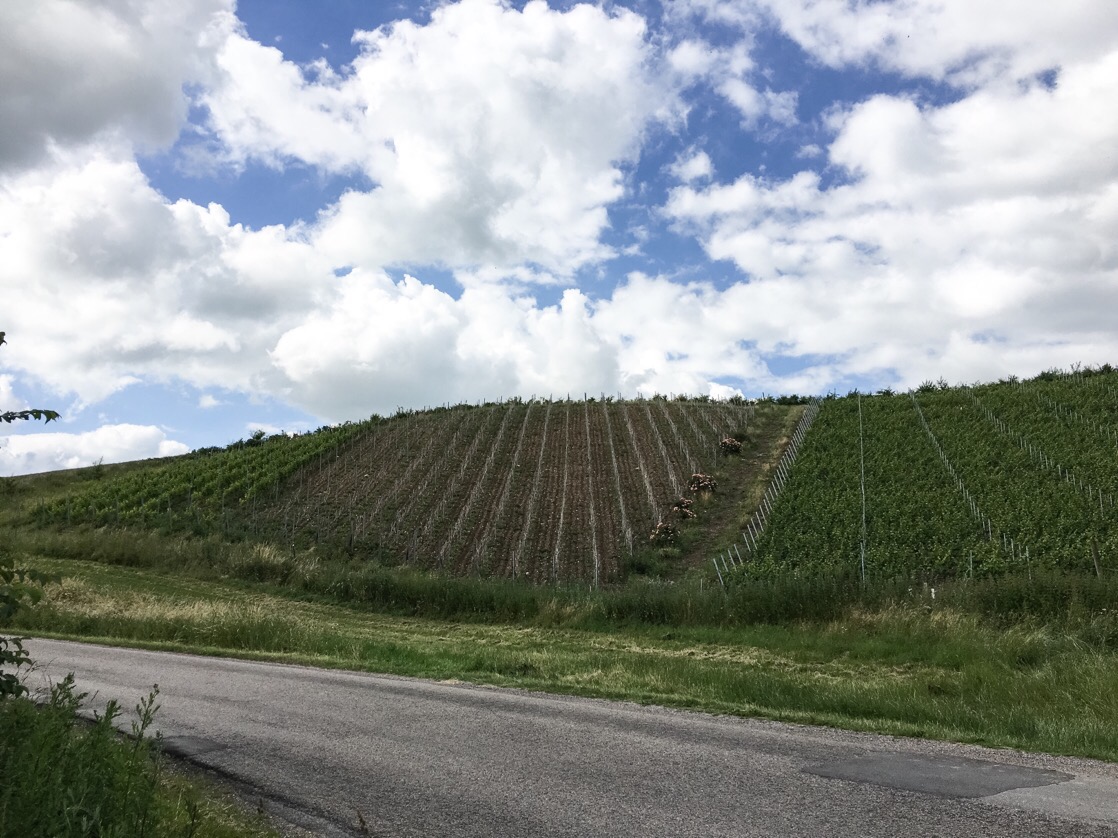I normally only write about Burgundian wines, but this Danish wine deserves at a mention ….
Njord is made approximately 15 km from my home – and 2013 was the first vintage. It’s made from Pinot Noir Précoce or Frühburgunder – an early ripening mutation of the Pinot Noir used in Burgundy – as the Pinot Noir can’t reach full ripeness under the climate conditions in Denmark. The clones used for this wine are from Germany .. more about this below.
Njord .. first encounter
My first encounter with Njord was after a dinner .. and quite a few other wines .. it was served blind after two Vosne-Romanee village wines from the 2013 vintage – Domaine Georges Noëllat and Domaine d’Eugenie to be precise.
The wine seemed older than the two Vosne 2013s – but Burgundian .. and did not indicate .. I’m Danish. On the contrary I was still in Cote de Nuits and decided on Morey Saint Denis as neither Vosne or Chambolle seemed appropriate.
The wine offered fine complexity – lovely collection of red and darkberry fruits .. hints of plum and some eathy minerality i.e. with some expression of terroir and some spicyness normally associated with Cote de Nuits. It perhaps lacked a bit of the purity and definition of the two Vosne villages served before .. but tasted very well even after the two very competent village wines. The weight and concentration matched the two Burgundies .. and as mentioned it seemed somewhat more developed.
But it was not Burgundian .. it was Danish …. from my own hood!!!!; This was more or less a chock, as most Danish red wines are .. at best .. indifferent as they are made from grape varieties like Rondo. Most of them are very expensive .. € 40 or more .. and many quite awful to be honest.
But this was very much different .. and in a way that required investigation … so I went to visit the winegrower at his estate – to see the vineyards and to taste the 2014 vintage from cask.
Pinot from the steep hils of Denmark
The wine is made by Sune Albertsen, a true pioneer, and from vineyards planted just a few years ago in a very special area in the eastern part of Denmark.
The estate is very small only 1.2 ha in production – planted with several different clones of Frühburgunder. The clones GM4 and GM6 from the Ahr region in Germany – selected by the German Wein Insititute in Geisenheim, Furthermore a clone from the Ingelheim area is planted – a clone selected by Weingut Julius Wasem. Finally – and not yet in production – ST180 from Schloss Sommerhausen in Franken. GM4, GM6 and the Ingelheim clone are the main clones in the wine.

In my view the secret behind the quality and complexity is a mix of several and quite different clones. The clones are vinified separately.
I had the opportunity to taste the wines made from the individual clones before they were assembled to the final 2014 wine – and the difference between the clones is quite striking, with the Ingenheim clone bringing weight and power to the wine, and the GM4 and GM6 clones offering fresh and juicy fruit and refinement.
Together they offer a fine complexity that reminds me of a Burgundian wine rather than a Northern European pinot. It’s very impressive as the vines are very young – planted from 2010 and onwards. It should be noted that the grapes are 100% destemmed, and 33% new oak is used.
The terroir and micro climate could also ad to the complexity – this as the area where the vineyards are located is a very special geological formation of steep hils called the Zealand Alps. The soil is light – sand with some clay and silt – and the average gradient of the main vineyard is 27 degrees.
The 2014 tasted from cask
The 2014 wine is very promising – significantly higher level of purity and freshness than the 2013 vintage. I have not tasted the assempled wine yet – so will be exiting to see the final product. Vinification has been improved according to Sune, as he now has better technical equipment to handle the process – and this will lead to lesser oxidation during the vinifcation.
I’m very impressed that a wine like the 2013 can be made in Denmark, especially as it’s the first vintage and made from very young wines. I think the potential for improvement is quite substantion as the wine will get older, and the in the 2014 vintage the vinification is already improved .. and as experience is gained the use of the different clones will be optimized.
Post script … second tasting
I have tasted Njord 2013 again and my initial evaluation stands .. this is a very good wine and very drinkable wine. With the knowledge gained at my visit I have a better understanding of the wine, and it is possible to identify the elements and effects of the different clones.
Bottom line .. I dont want to treat Njord like a Danish wine .. its a lovely wine by global standards, with a fine complexity – a wine I want to drink. It’s not perfect – but for a first vintage for the estate its very impressive. It’s not a match for a good Burgundy Grand Cru or 1er cru for that matter – but it will stand its ground with many lesser village wines in Burgundy, and is better than many of the poor 1er crus and even Grand Crus still made in Burgundy.
In the 2013 vintage only 838 bottles were made of Njord – the 2014s will be released in 2017.
Chapeau Sune!




 - A true vin d’émotion – a Burgundy of passion
- A true vin d’émotion – a Burgundy of passion - A truly hedonistic wine – lively and enjoyable
- A truly hedonistic wine – lively and enjoyable - A vivacious wine for pure indulgance
- A vivacious wine for pure indulgance - A potential vin d´émotion - frais et léger
- A potential vin d´émotion - frais et léger